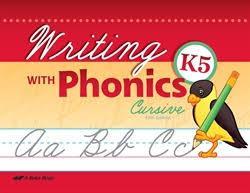People find it hard to believe that children as young as 5 years old can learn cursive. This was not always the case, but has resulted because public schools continue to remove traditional activities and methods from their regular curriculum. Sadly, too few graduates from state schools have benefitted from learning how to write in cursive. Thus, many adults today are only able to print their writing and find it difficult to read materials in cursive.
Cursive writing prepares students for a successful education because it stimulates the mental process of stringing thoughts together as they string letters together. The pace and precision of cursive writing, (also referred to as writing in script), develops clearer thinking which is more readable.
In many ways, cursive is easier for a young child to learn than is manuscript in that the curved lines of cursive are easier to execute. What’s more, they are less likely to confuse letters such as “b” and “d” in cursive as they look completely different from each other. When students learn both printing and cursive simultaneously, both are viewed as tools for communication, and fewer instances of dyslexia result.
Young children need to develop fine motor skills, and the cursive method of not lifting up the pencil is beneficial in this process. The A-Beka curriculum states it well:
“Students improve their coordination as they master cursive because they have to be careful, orderly, responsible, and thorough. Cursive requires strengths such as patience, memory, focus, prediction, attention, sequencing, estimation, and creativity. The practice gives students opportunities to develop cognition, learn skills, and learn work habits that will carry into higher learning and adulthood, and benefit them their whole life.”


